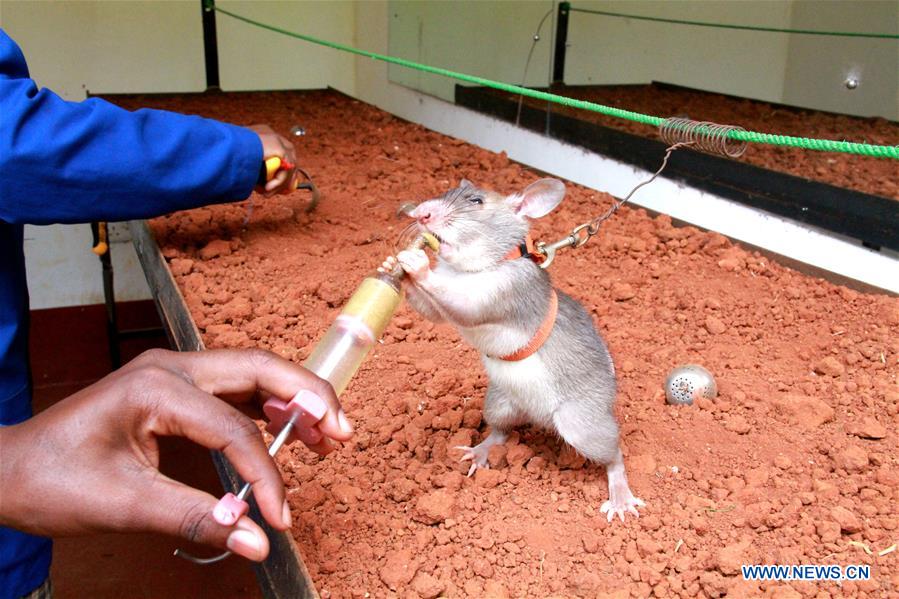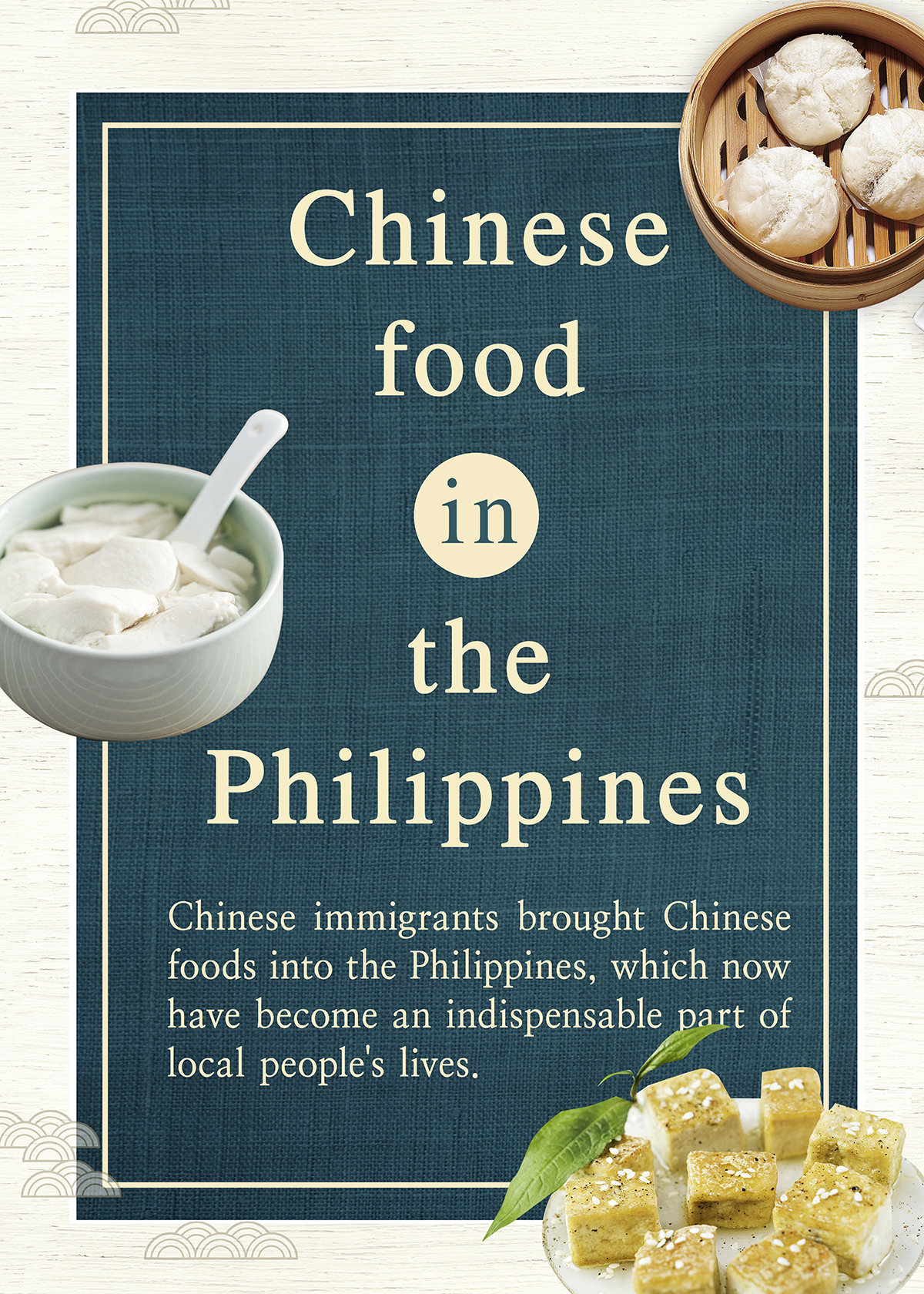
?The interaction between China and the Philippines started over a thousand years ago. Now there are roughly 1.5 million Filipinos with pure Chinese ancestry, mostly from South China's Fujian Province. Foods from South China were also brought in to the Philippines, becoming an indispensable part of local people's lives. In terms of language, about 1,500 Tagalog words in the Philippines come from southern China's Fujian dialect and Cantonese, most of these words are about food and life, according to statistics. (Photo/China Plus)
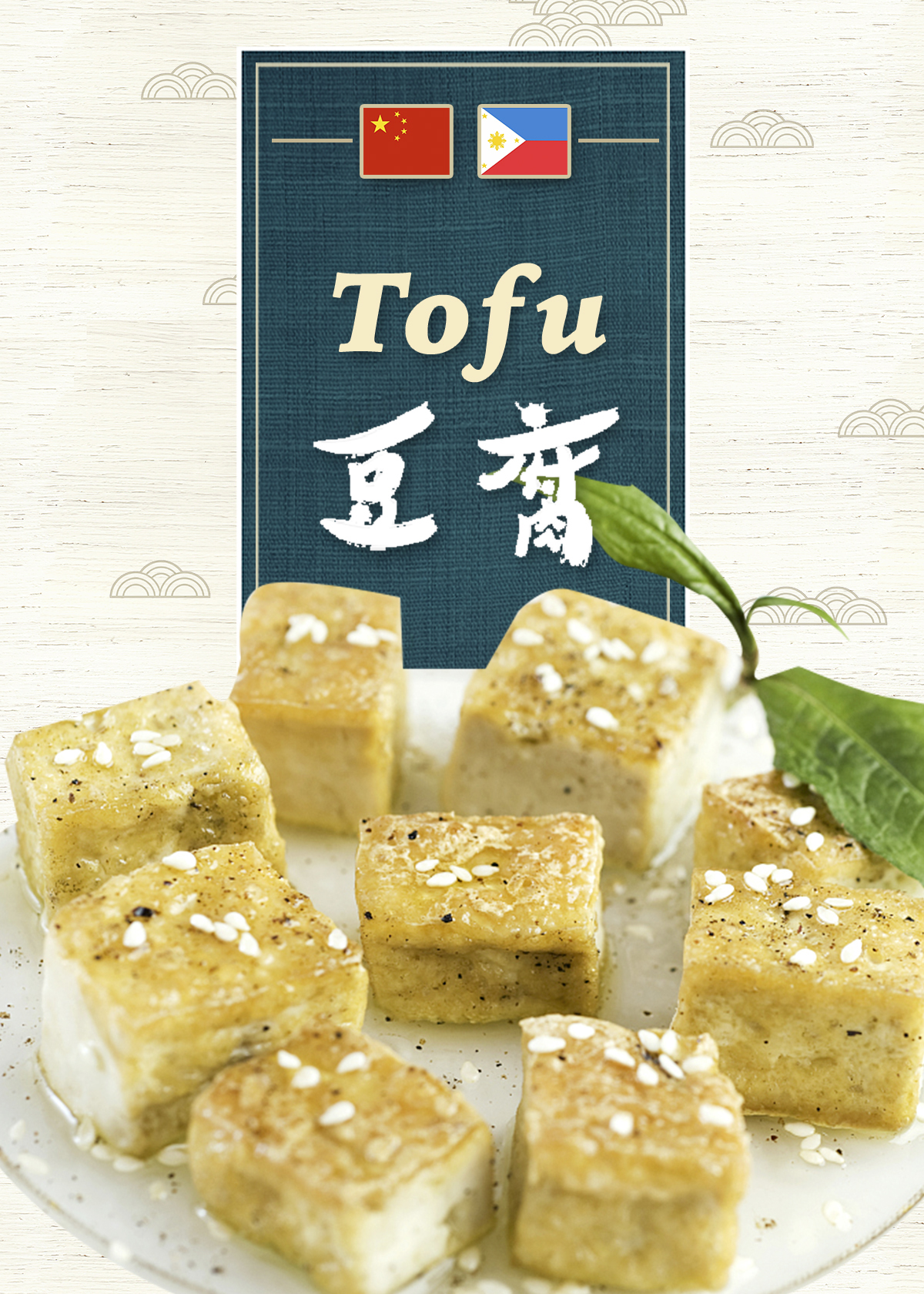
Tofu is a traditional Chinese food with a long history. It is said to have been created by the emperor Liu Bang during ancient China's Han Dynasty. Tofu in Tagalog is pronounced almost the same as bean curd or tofu in Chinese. Tofu has become one of the most well-known foods that have a Chinese origin. (Photo/China Plus)
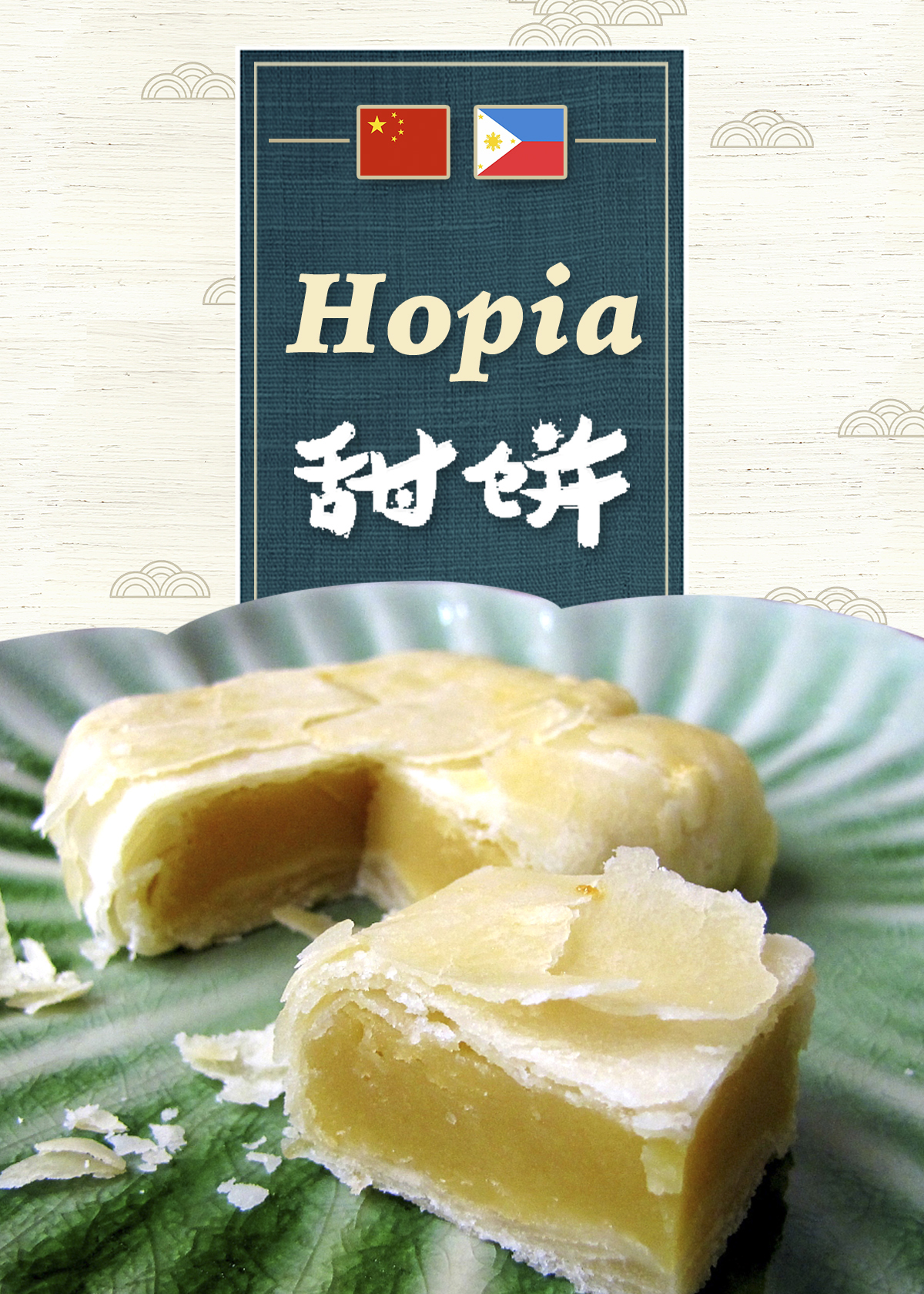
Hopia is a popular Indonesian and Philippine bean-filled moon cake-like, originally introduced by Fujianese immigrants in the urban centers of both nations around the turn of the 20th century. It is a widely available, inexpensive treat. It's said to be a favored gift for families, friends and relatives. (Photo/China Plus)
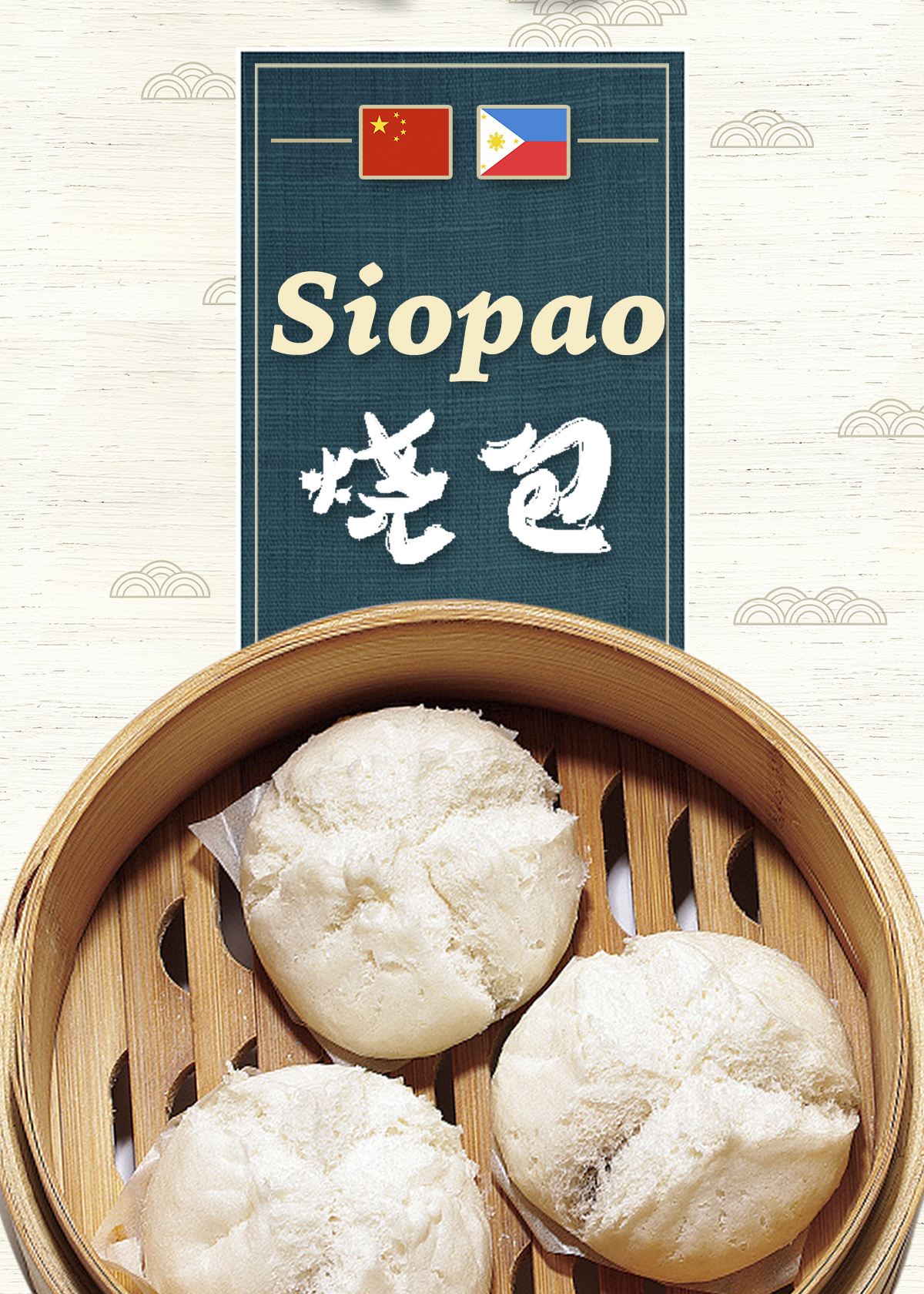
?Siopao, literally meaning "steamed bun," is the Philippine version of the Cantonese steamed bun called cha siu bao. It is a popular snack sold mostly in Chinese restaurants or by sidewalk vendors in the Philippines. There are different varieties based on the filling: asado (cha siu bao) or bola-bola (a combination of pork, chicken, beef, shrimp or salted duck egg). There is also a baked variety. (Photo/China Plus)
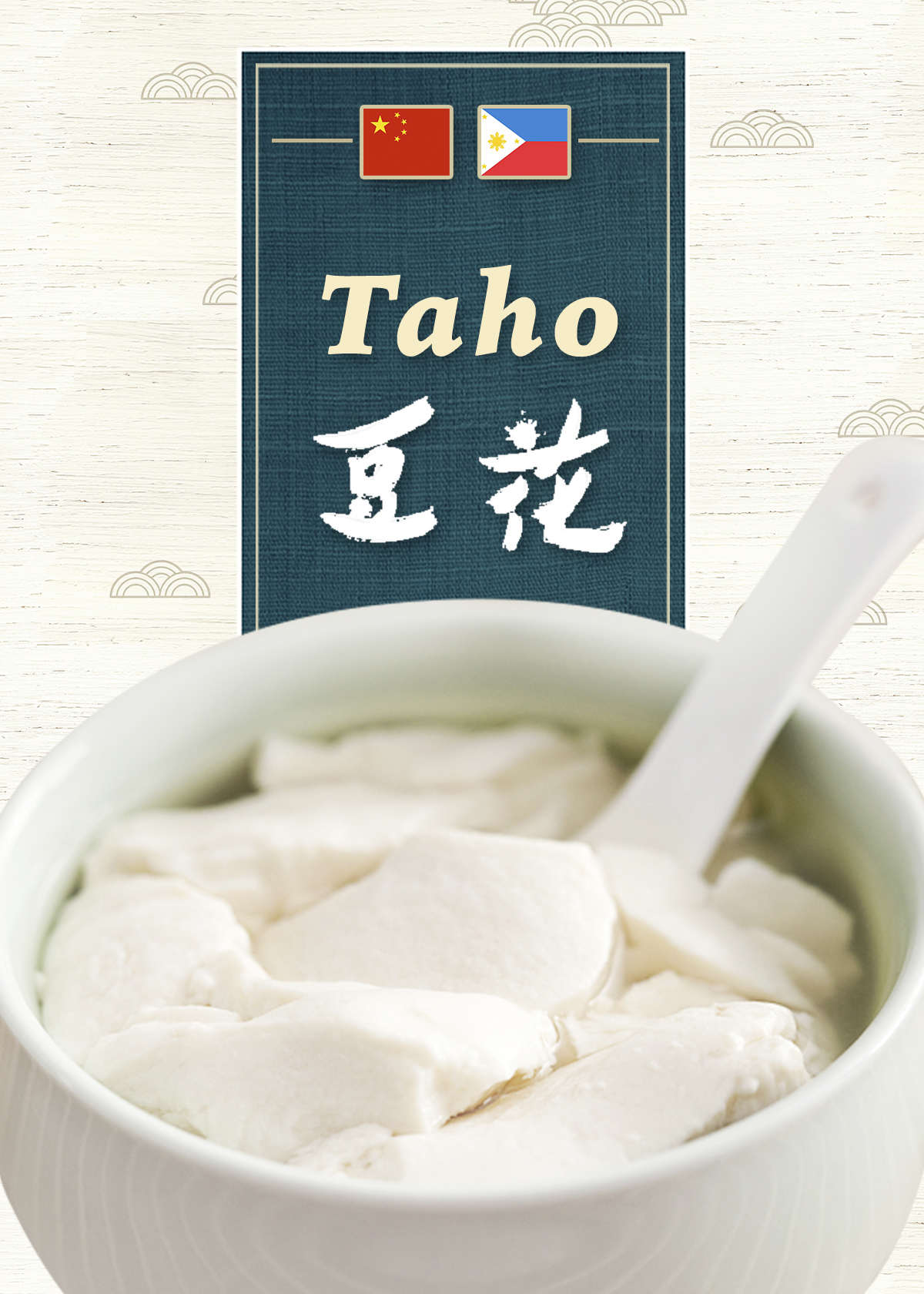
Taho is a Philippine snack food made of fresh soft tofu, arnibal (sweetener and flavoring), and sago pearl. This staple comfort food is a signature sweet dish, with taho peddlers found all over the country. Through early records, it is evident that taho traces its origin to Chinese douhua, which is a traditional Chinese food. (Photo/China Plus)
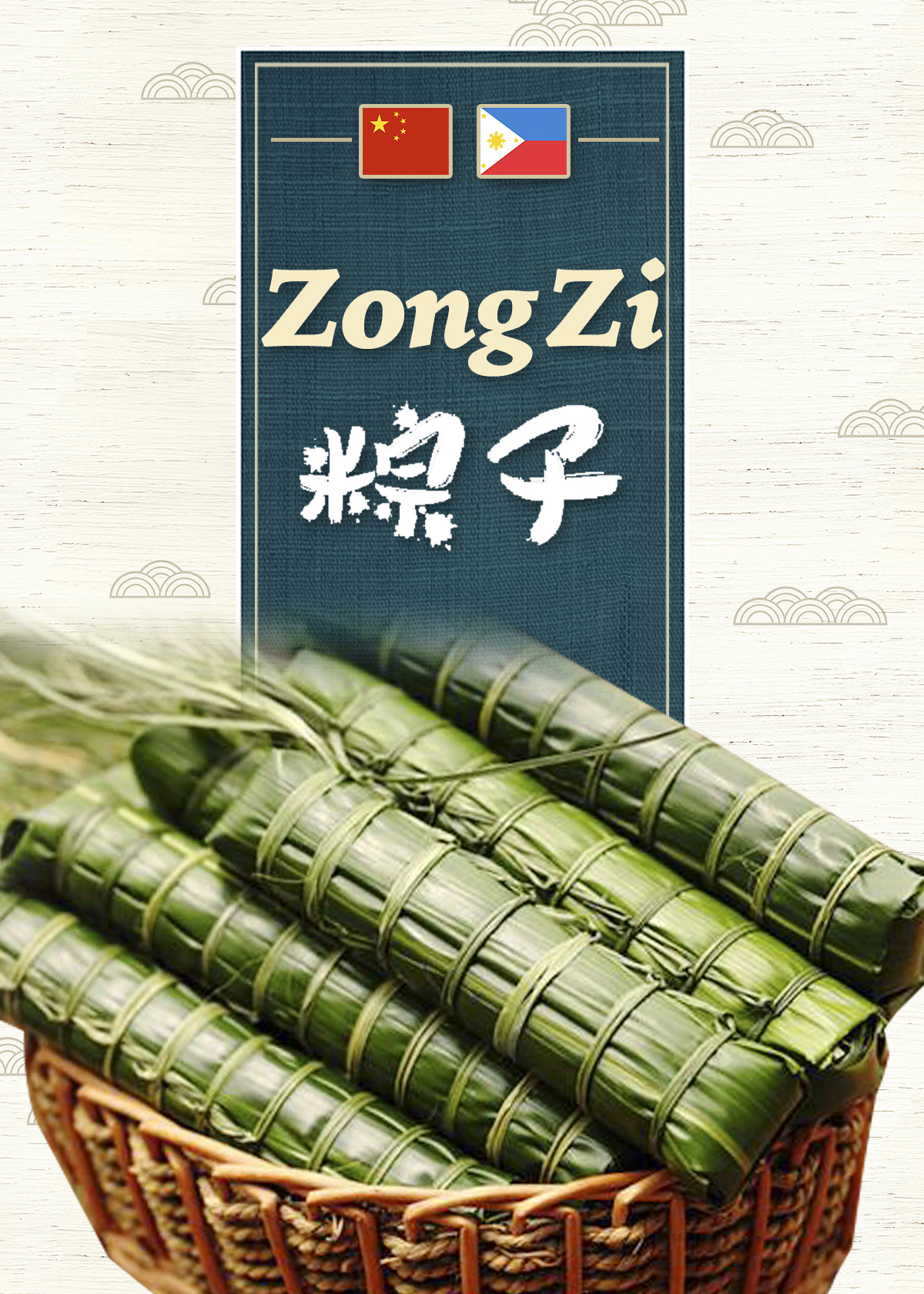
Zong Zi, or rice dumpling, which originated in China, can trace its roots back to as early as 770BCE. Zong Zi is a popular snack in the Philippines. One of the most widespread one is Suman, which is made from glutinous rice cooked in coconut milk, then wrapped in banana leaves or buli or buri palm leaves for steaming.
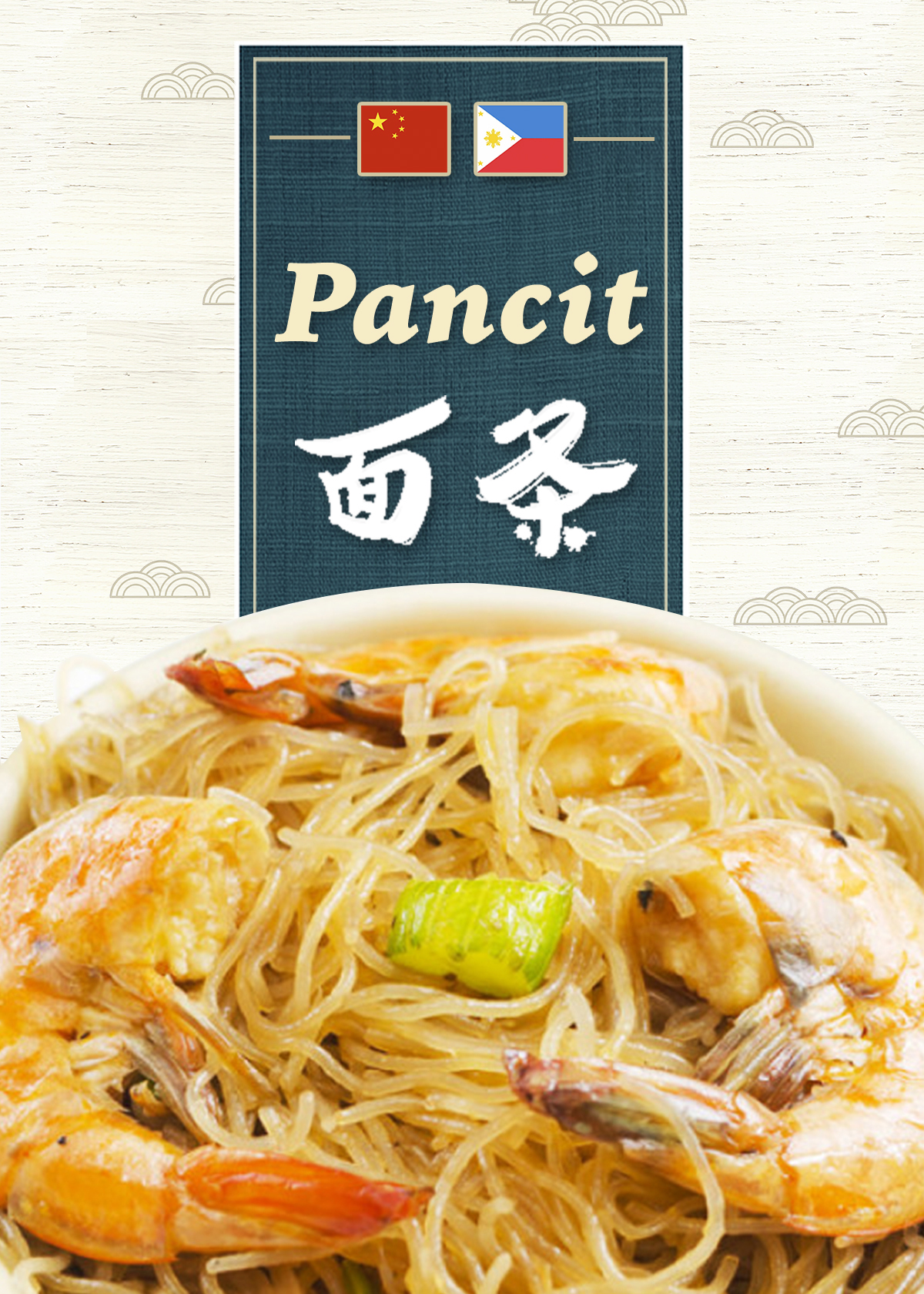
?In Filipino cuisine, pancit or pansit, is noodles. Noodles were introduced into the Philippines early on by Chinese Filipino settlers, and over the centuries have been fully adopted into local cuisine, of which there are now numerous variants and types. Different kinds of noodles can be found in Filipino supermarkets which are often cooked at home. Noodle dishes are also standard fare in local restaurants. (Photo/China Plus)












